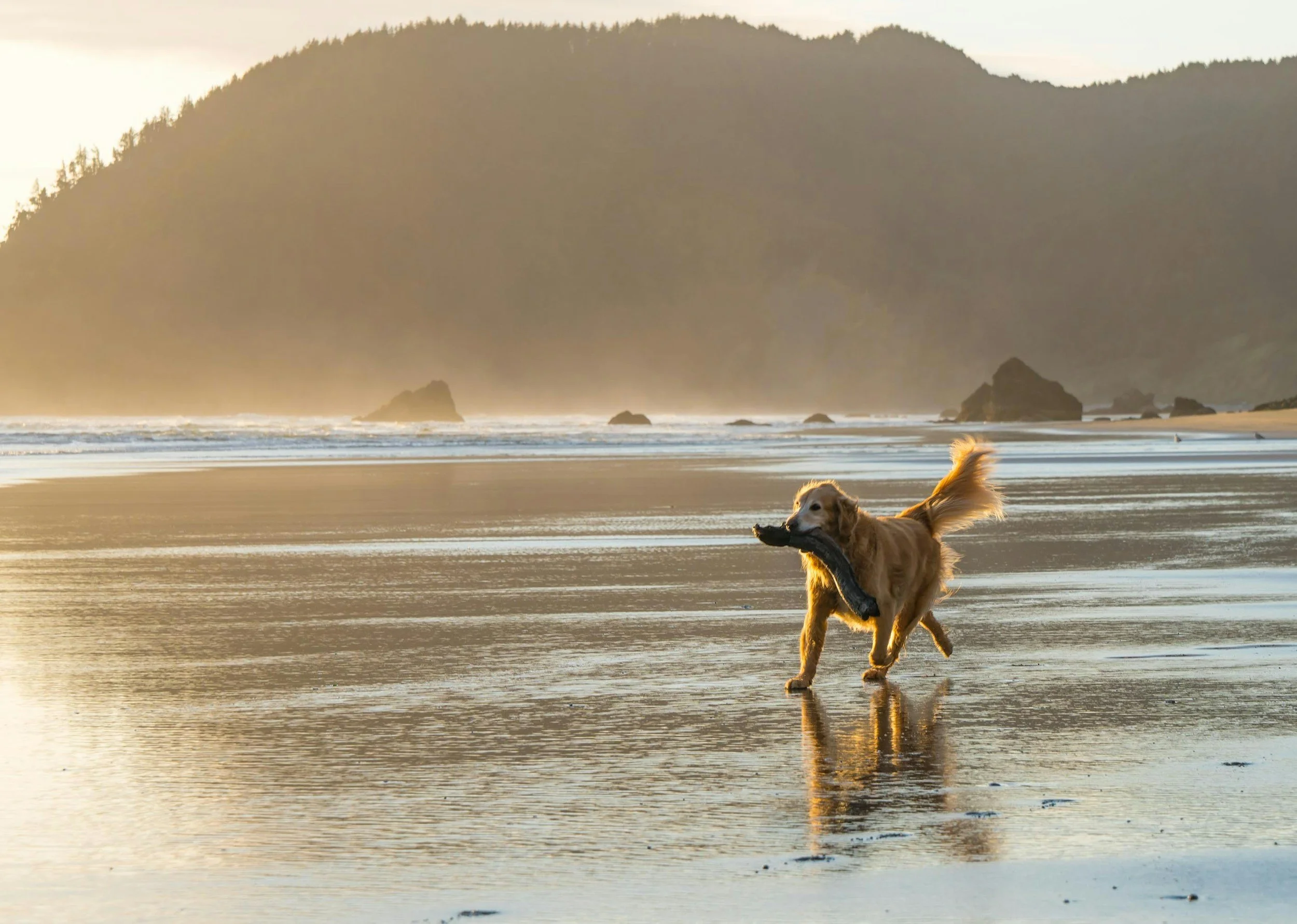
Why Train With Us?
-
Elizabeth has expertise in canine behavior, learning theory, science-based methodology, and humane, positive-reinforcement training methods in addition to real-world experience within the dog training world! Learn more about Elizabeth here!
Within the United States, there are no specific licensing or certification requirements to become a dog trainer which makes it is exceptionally important to choose trainers with reputable professional credentials and training standards such as CCPDT, KPA-CPT, or similar professional organizations.
-
Expereinced and certified trainers can tailor training to your dog’s breed, temperament, and needs, leading to more consistent and lasting behavior changes.
Our Methods
-
Positive reinforcement training, such as using treats or reinforcers, especially when classically conditioned with a marker (a word or sound) is a highly effective, fun, and science-based way to create wanted and reliable behavior!
-
A “marker” such as a specific word or a clicker, creates clear communication between human and animal species who have completely different languages!
It’s no surprise that marine and exotic mammal trainers use the same methods!
-
No! With any training tool, the goal is to create reliable behaviors that are not dependent on a training tool! Once desired behaviors have been trained, clickers do not need to be used to maintain a behavior! We recommend continued reinforcement (praise or rewards) to maintain a behavior as needed. But the great thing about positive reinforcement is that the behaviors themselves become fun, reliable, and more frequent!
This is a significant benefit of positive-reinforcement as compared to positive punishment methods as behavior is dependent on the aversive tool (e-collar, etc.)
Training Sessions
-
Collar: flat buckle or martingale with ID. No cinch, prong, or electric collars permitted.
Harnesses with a front and back clip: helpful and recommended for certain training objectives.
Leash: ideally 6-10ft leash, non-retractable.
Treats + Treat Pouch: about 2 cups of small, high value treats that your dog loves (for example: cut up hotdog, cheese, or chicken or pre-purchased training treats).
A mat, towel, or small blanket for your dog to lay on in between training objectives
If you have had updates to your vaccination records, please bring or submit a copy via email prior to your first training session.
If your training session is held in a public space (other than home or our training studio), please bring water, a water bowl, and waste bags as well.
-
You will be provided expert guidance as well as online access to training handouts/class information! We will also provide a clicker at your first training session.
At our training studio, we have water, bowls, and dog waste bags available.
-
Let your dog (especially young puppies) to have plenty of time to potty before class.
You are welcome to arrive 5-10 minutes early.
If desired, you can take a short walk near the studio.
For high energy dogs, mental enrichment or low-to-moderate intensity exercise beforehand can be helpful to improve in-class focus.
For dogs that may be timid or unsure, it can be helpful to arrive early to become familiar with the environment and build confidence!
